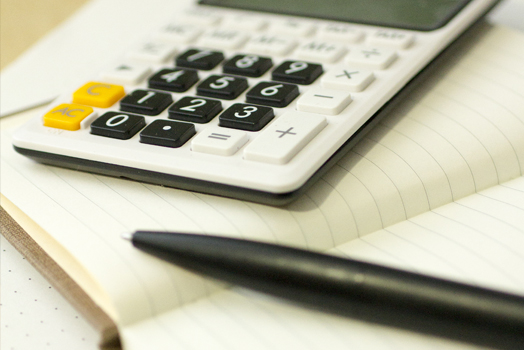
Study Bookkeeping and start a new career!
Want the option of working full or part time? A reasonable salary? Skills that are constantly in demand? Be able to work in any industry? As a book keeper you have choices. Every business needs someone to look after their accounts, so the career possibilities are endless.
This course focuses on the nature of accounting for small business (mainly service firms), and will give you a very solid foundation in this discipline.